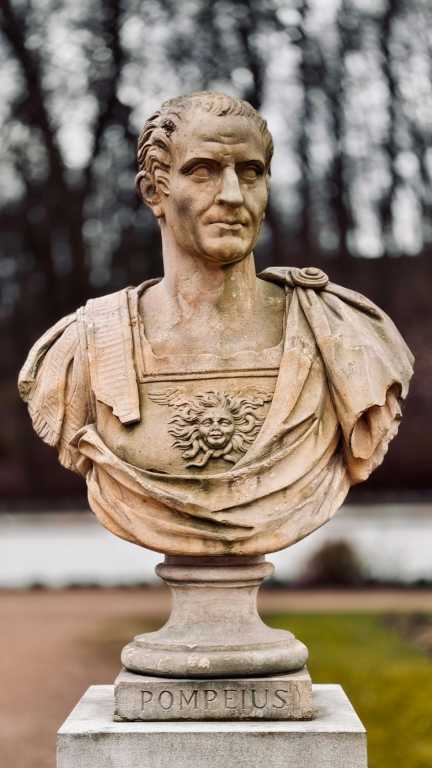Antiques hold a special place in the hearts of collectors and history enthusiasts alike. Whether it be furniture, artwork, or Handcrafted ceramic pieces, these treasures from the past provide a glimpse into bygone eras and showcase the craftsmanship of artisans long gone. However, with the rise of counterfeit items flooding the market, it has become increasingly important to authenticate and value antiques properly. Here are some tips to help you ensure the authenticity and value of your prized possessions, especially handcrafted ceramic pieces.
The first step in authenticating antiques is to do your research. Take the time to learn about the history of the item you have, including its origins, materials used, and any identifying marks or signatures. For handcrafted ceramic pieces, familiarize yourself with the different styles and techniques used by different artists and pottery makers. This knowledge will help you spot any inconsistencies or red flags that may indicate a fake.
One of the most important aspects of authenticating antiques is to examine the item closely. Look for any signs of wear and tear that would be consistent with its age. For handcrafted ceramic pieces, pay attention to the glaze, paint, and overall condition of the piece. Genuine antique ceramics will often have imperfections, such as slight variations in color or texture, that add to their charm and authenticity.
Another crucial factor in authenticating antiques is to seek the advice of experts. If you are unsure about the authenticity of an item, consider consulting with an antique appraiser or a specialist in the field. They will be able to provide you with valuable insights and help you determine the true value of your antique. For handcrafted ceramic pieces, a pottery expert may be able to identify the artist or maker of the piece and provide an accurate valuation based on its rarity and condition.
When it comes to valuing antiques, several factors come into play. The rarity, condition, provenance, and demand for the item all contribute to its value. For handcrafted ceramic pieces, the artist or maker of the piece can also significantly affect its worth. Pieces created by well-known ceramic artists or pottery makers can fetch higher prices on the market.
In conclusion, authenticating and valuing antiques, especially handcrafted ceramic pieces, requires careful research, examination, and expert advice. By following these tips, you can ensure that your prized possessions are genuine and accurately valued. Remember that antiques are not just objects but pieces of history that deserve to be cherished and preserved for future generations to enjoy.

